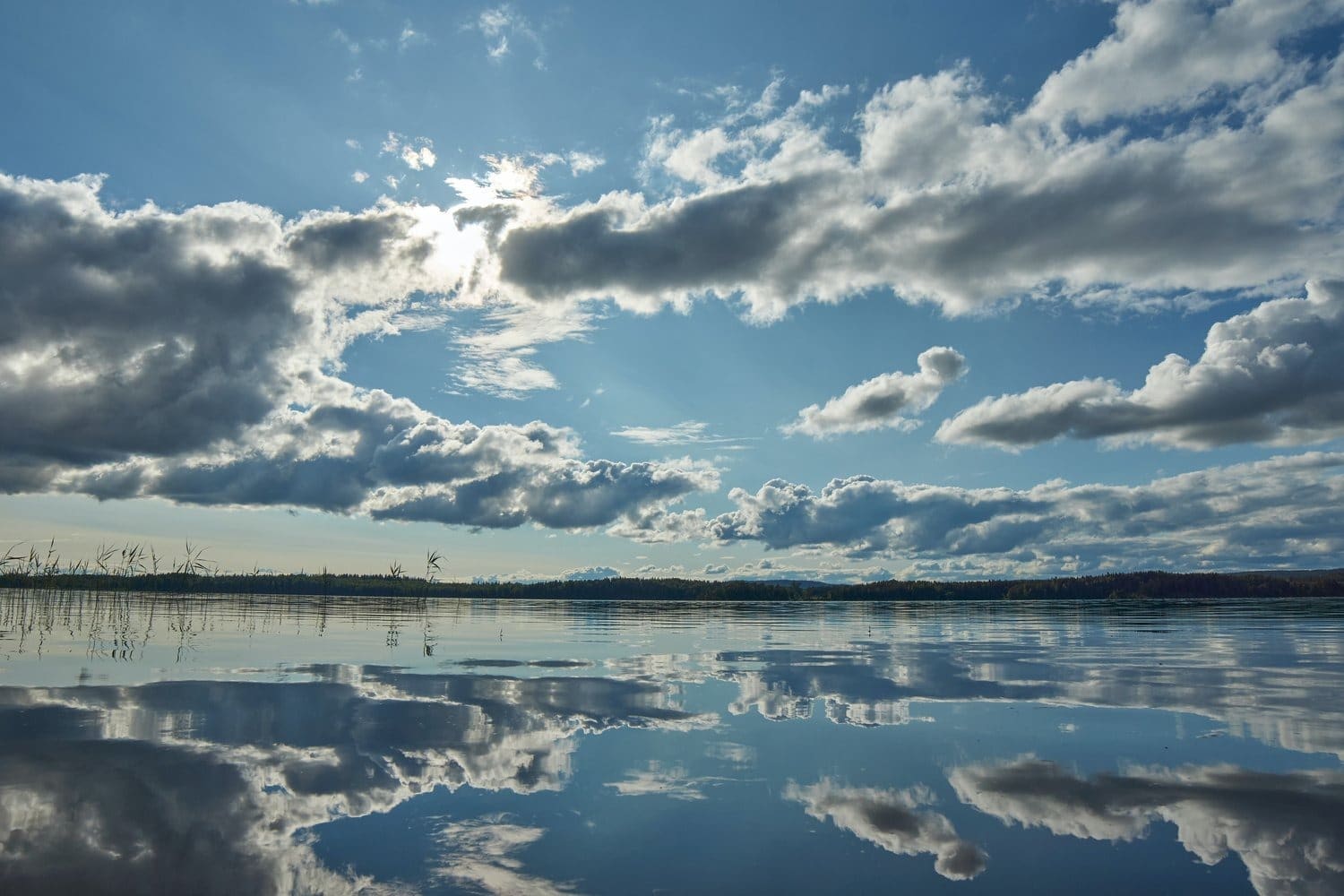We all interact with the weather on a daily basis. Whether we think about it or not, the weather we find when walking out the door in the morning is driven by the greater climate that is in place in a given area. You already understand the basics of your local climate, even if you haven’t given it much thought – you know if you live somewhere that is usually wet, warm, cold, dry, etc.
With this post, we’d like to take an overall look at the topic of climate and the driving forces behind what causes the weather to behave as it does. Don’t worry – we’ll stay out of the technical weeds and just offer you a big picture look at the patterns that influence what we can expect to encounter from Mother Nature day after day.
What is Climate and Why Do Climate Patterns Matter?
It’s easy enough to think that climate is just another word for weather. While they both relate to the conditions we experience outside, climate and weather have different meanings, and that difference is important to understand.
When talking about the weather, we are talking about what it is doing outside right now, or what may be happening in the very near future. For example, if you walk outside and get wet, you would say that the weather is rainy today. Or, you might check the forecast and make outdoor plans for the weekend because it looks like it will be sunny.
So, if weather is what’s going on outside right now, climate refers to the bigger picture. These are the patterns that dictate what kinds of weather conditions usually exist in a given geographic area, over the course of a few years. When you say it’s raining outside today, you are talking about weather – when you say it rains often where you live, that is referring to the climate.
Climate is important for countless reasons, and the reasons that matter to you will depend on what you do and where you live. For example, if you run a tourism business, you’ll want to understand the climate so you can predict when customers are going to come to visit – and when they’ll likely stay home. Or, if you hope to grow crops, you need to understand the climate so you can plan your planting and harvesting schedule accurately. By reviewing historical climate data for an area, as well as by paying attention to climate change factors, we can forecast what types of weather conditions are likely to exist moving forward.
How Astronomical Factors Impact Global Climate Change
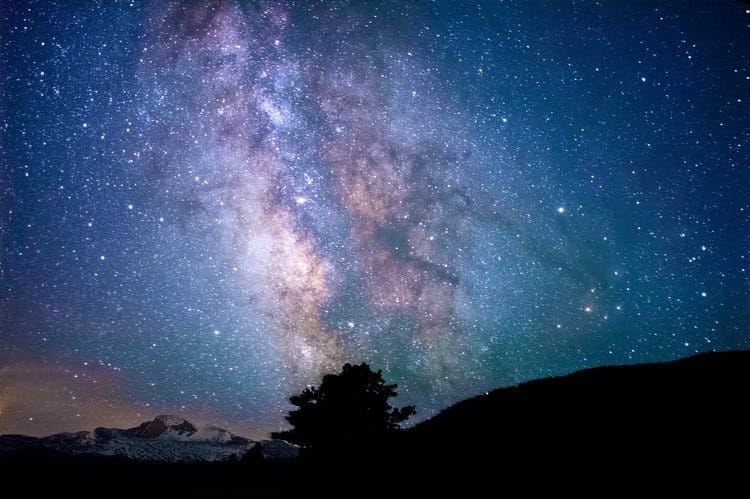
If you want to understand the big picture of how climate works and how it changes from region to region, you need to first look to the sky. Perhaps it’s no surprise that the sun is the most powerful force in determining how climate works around the globe. The source of energy for life on earth, the sun has the final say in what climates exist in what areas.
Have you ever thought about why some parts of the world have a warmer climate than others?
It’s because of how the sun sends its energy toward the earth in orbit. Those warm climates tend to be near the equator, and those climates experience high levels of solar energy because the rays from the sun are hitting the earth more directly near the middle.
As you move up or down the globe toward the poles, the sun’s rays become spread out (due to the curvature of the earth), and reduced solar energy is the result.
If you want to understand the big picture of how climate works and how it changes from region to region, you need to first look to the sky. Perhaps it’s no surprise that the sun is the most powerful force in determining how climate works around the globe. The source of energy for life on earth, the sun has the final say in what climates exist in what areas.
Have you ever thought about why some parts of the world have a warmer climate than others?
It’s because of how the sun sends its energy toward the earth. Those warm climates tend to be near the equator, and those climates experience high levels of solar energy because the rays from the sun are hitting the earth more directly near the middle. As you move up or down the globe toward the poles, the sun’s rays become spread out (due to the curvature of the earth), and reduced solar energy is the result.
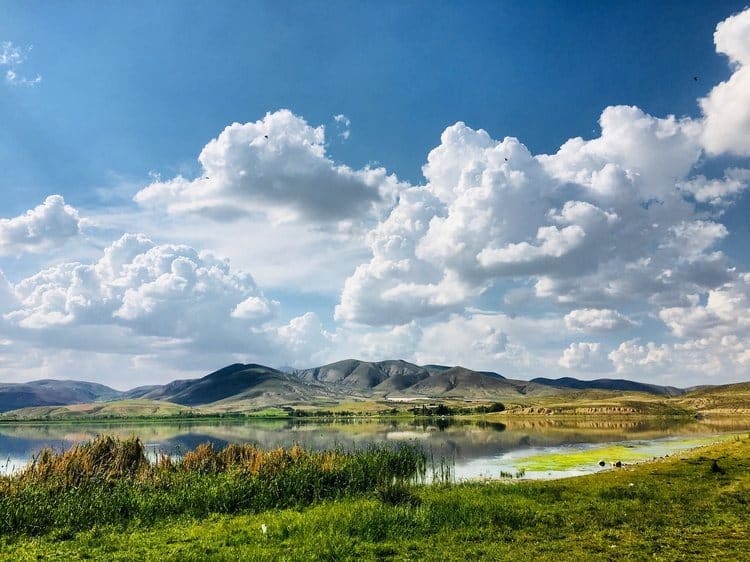
This is the first core concept to understand with regard to climate – locations near the equator receive more solar energy than locations near the poles. This explains the frigid climates that exist at the North and South Poles, and it also explains the warm temperatures that exist year-round when near the middle of the earth.
The same input from solar energy can explain how the climate in an area will change from season to season. While seasonal climates are very steady for locations near the equator, conditions vary wildly from summer to winter when talking about places further north or south. Areas that regularly see long, warm summer days for part of the year can also get huge snowstorms and plummeting temperatures during the winter. Changes in solar energy are responsible for this variance, as well, and it comes back to the tilt of the earth in relation to the position of the sun.
On earth, the poles aren’t straight up and down, as you might picture in your mind. Rather, there is a tilt in the axis – at 23.5*, to be exact. Since the earth is tilted, the distribution of solar energy on the planet changes as the months go by. In the northern hemisphere summer, the top of the globe is tilted toward the sun, and warmer conditions exist. By the time winter rolls around, the earth has ventured to the other side of the sun, meaning the northern hemisphere is tilted away, and lower solar energy levels are experienced.
Global Climate Patterns Are Also Driven By Oceans

While it is the sun that plays the dominant role in how the climate works, it would be a mistake to overlook the role that the largest bodies of water on earth play in this story. The general pattern goes like this – areas that are close to a large body of water, such as cities on the coastline of an ocean, will experience a moderated climate as compared to other areas in the general region.
Let’s take a quick look at an example to see how this concept works in the real world. On the coast of Southern California is a huge population center based around the city of Los Angeles. While L.A. is famous for beautiful sunny days, it doesn’t actually get as hot as you might think – average high temperatures are in the mid-80s during the summer, and in the upper-60s in the winter. Despite long summer days with tons of sunshine, the temperatures are moderated by the presence of the Pacific Ocean just a few miles from downtown.
Now, for comparison, let’s look a little further inland. The Coachella Valley of California is a popular tourist destination, marked by Palm Springs and many other desert towns. Palm Springs is barely 100 miles from Los Angeles, but the climate is dramatically different. The average high temperature in Palm Springs exceeds 100-degrees for four months in a row, and is consistently 20-degrees hotter than the L.A. area. Without the ocean so close at hand, and with some mountains to block cloud cover from reaching the valley, the Palm Springs area is left as one of the hottest places in the United States.
What are the Main Natural Causes of Climate Change on Earth?
Climate change indicators is a constant point of discussion in the news today, but the form that receives most of the attention is man-made. While that is certainly a topic worthy of the attention it gets, there are also natural causes of climate change that are important to understand. Specifically, the factors listed below can cause the climate to change its pattern over time.

Solar radiation changes
We’ve already established that solar energy is the main factor when discussing climate patterns. But the amount of energy produced by the sun and sent toward earth is not constant. Depending on the number of sunspots present at a given time, the solar energy the earth receives may be greater or less than normal. Those changes can alter climate patterns in a cyclical manner.
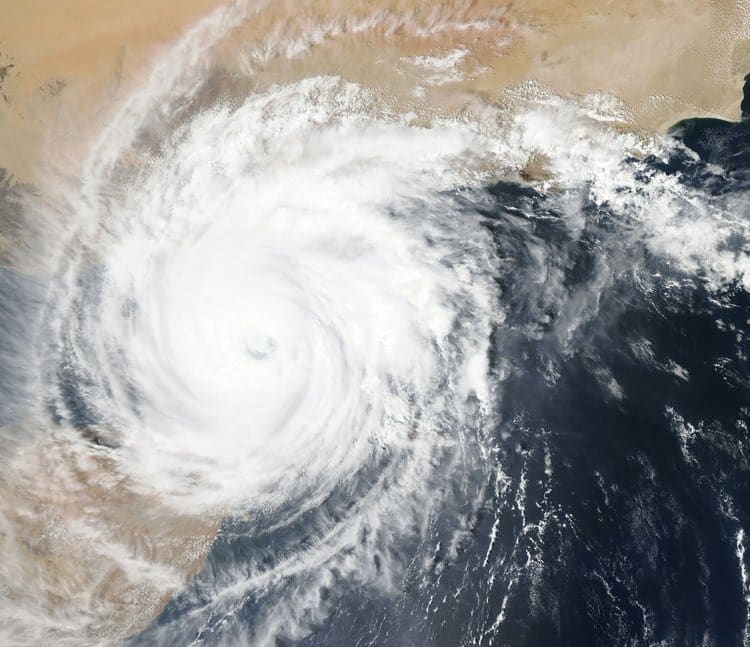
Plate movement
You may know that the surface earth is made up of a number of large plates that are constantly in motion. As the plates move their way around the globe, they can also affect global climate and the weather patterns within global climate zones.
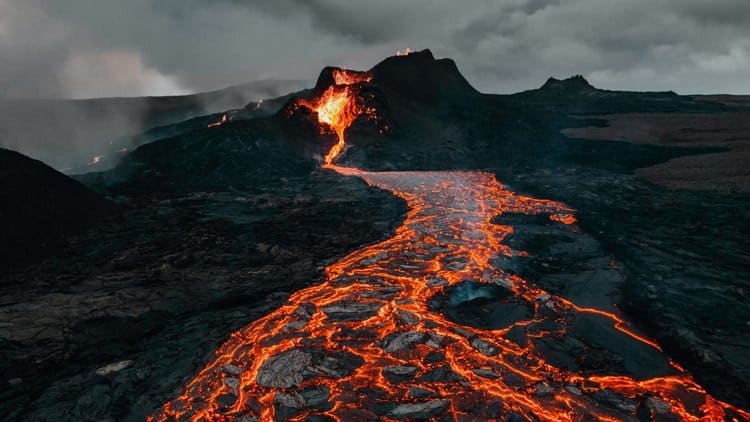
Volcanoes
There are few natural phenomena that are quite as extreme and impactful as volcanic eruption events. In addition to the potentially devastating effects that an erupting volcano can have on the local area, the material that is blasted up into the atmosphere can influence how the climate works in the short term. Particle matter in the air from the eruption can block some solar energy from reaching the surface of the earth, cooling the climate in areas for a period of time.
Accurate Historical Weather Data Available
At Weather Data by Zip Code, we offer exactly what our name describes – accurate, detailed weather information categorized by zip code. This historical data can be tremendously useful for a variety of real-world applications – examples include predicting tourism, monitoring climate changes, and evaluating agricultural prospects – and you can save huge amounts of time over aggregating the data on your own. Download our data today or contact us if you have any questions.
Thank you for visiting!





